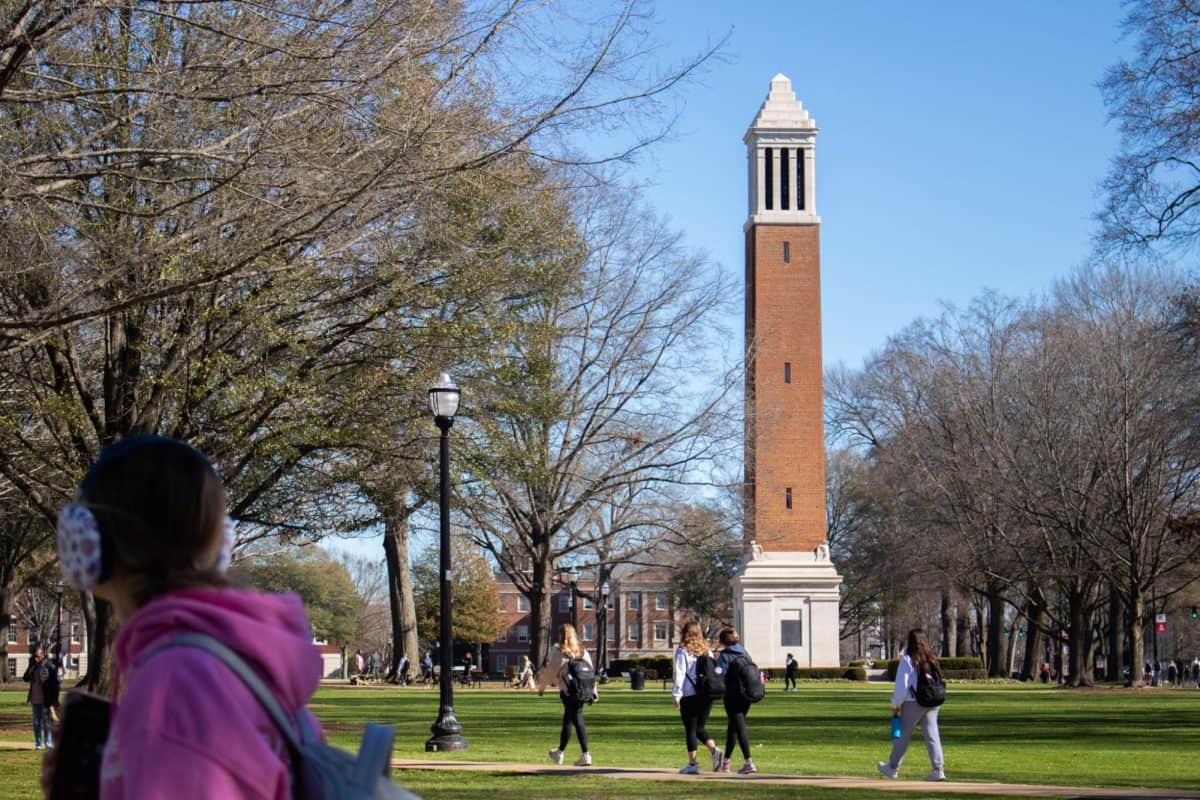When I decided to attend The University of Alabama as an out-of-state student, I knew each semester’s tuition would be well-planned by my parents. My job was to apply for scholarships through both the University and outside donors; and I did it. I avoided parking tickets and made sure I would do everything to “finish in four.” And that meant taking 17 or 18 hours almost every semester.
When I was a freshman, I was able to take 18 hours of classes without being fined extraneously. Now, students are charged extra for any hours over 16.
At first, the “finish in four” campaign I passed out T-shirts for as a First Year Council member seemed unnecessary. But as course loads picked up, classes didn’t work out and majors were changed repeatedly, I realized finishing undergrad in four years requires a fair amount of effort. And as tuition increases and additional fines are added with additional hours, it requires a fair amount of money as well.
For in-state students, each hour over 16 is $350. For out-of-state students, it’s $925. Taking 18 hours, while previously part of the tuition fee, is now an extra $1,850. Yikes.
Summer classes provide some chance to make up for lost time, but at almost $1,000 an hour for out-of-state students, and considering most classes are three hours, community college is usually more sensible.
Raising tuition is, understandably, a touchy subject. It is necessary to maintain academic costs and match outside inflation, but too much increase can deter students, even preventing some from continuing their education.
The UA registrar was fuzzy on the reasoning behind the shift from 18 hours to 16 hours being covered under tuition but attributed the decision to an earlier vote of the Board of Trustees.
We are warned online and at enrollment that “rates are subject to change without notice,” but this outlines no potential causes of changing rates. Accountability and transparency are ideal but not required, putting students’ expenses in the hands of a select group behind closed doors.
And this ploy was well-played. Some students will never take more than 16 hours, making the tuition change unnoticeable to a majority. It also technically isn’t a “tuition increase.” It’s more of an hours decrease. But it’s a sly way to make more money.
Because I never had to take Econ 101, I lack trained economic verbage and analysis. Yet while my technical understanding is minimal, I am perfectly capable of questioning the morality behind lowering the amount of hours covered in tuition. Neither my parents nor I were made aware of this change until we received a $30 late fee for owing $3,000 for classes I was allowed to take without extra cost only a semester earlier. You can imagine our sentiments.
For education to become affordable, we should not be relying on the federal government to mandate costs of individual universities. There is an equal, if not greater, amount of responsibility on the shoulders of the universities themselves.
With a growing population, it’s easy to see students as numbers and checkbooks, rather than individuals, but numbers and money are not the way to build a university. Happy students pursuing excellence build a strong university, but when costs rise, the dollar is often stronger than the dream.






